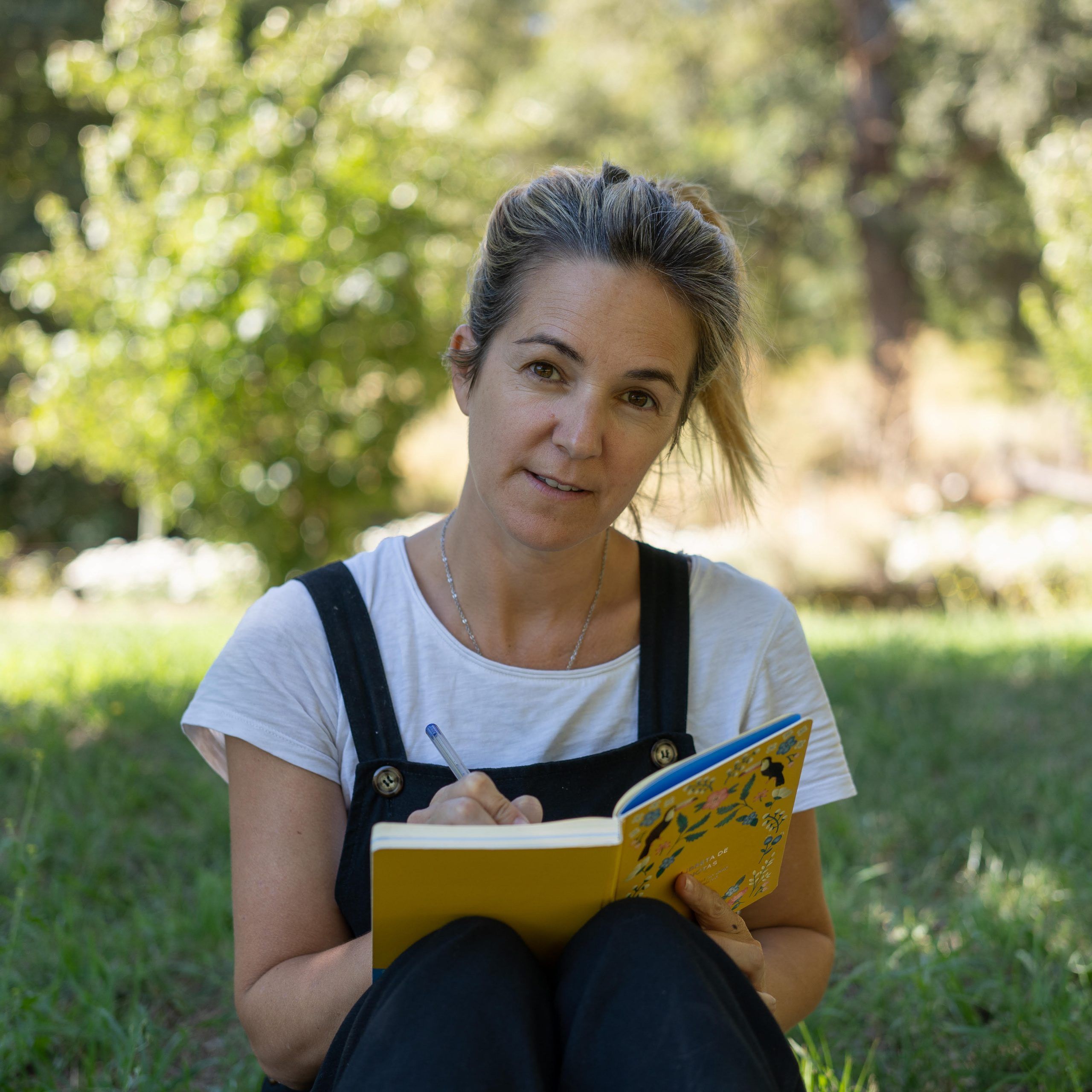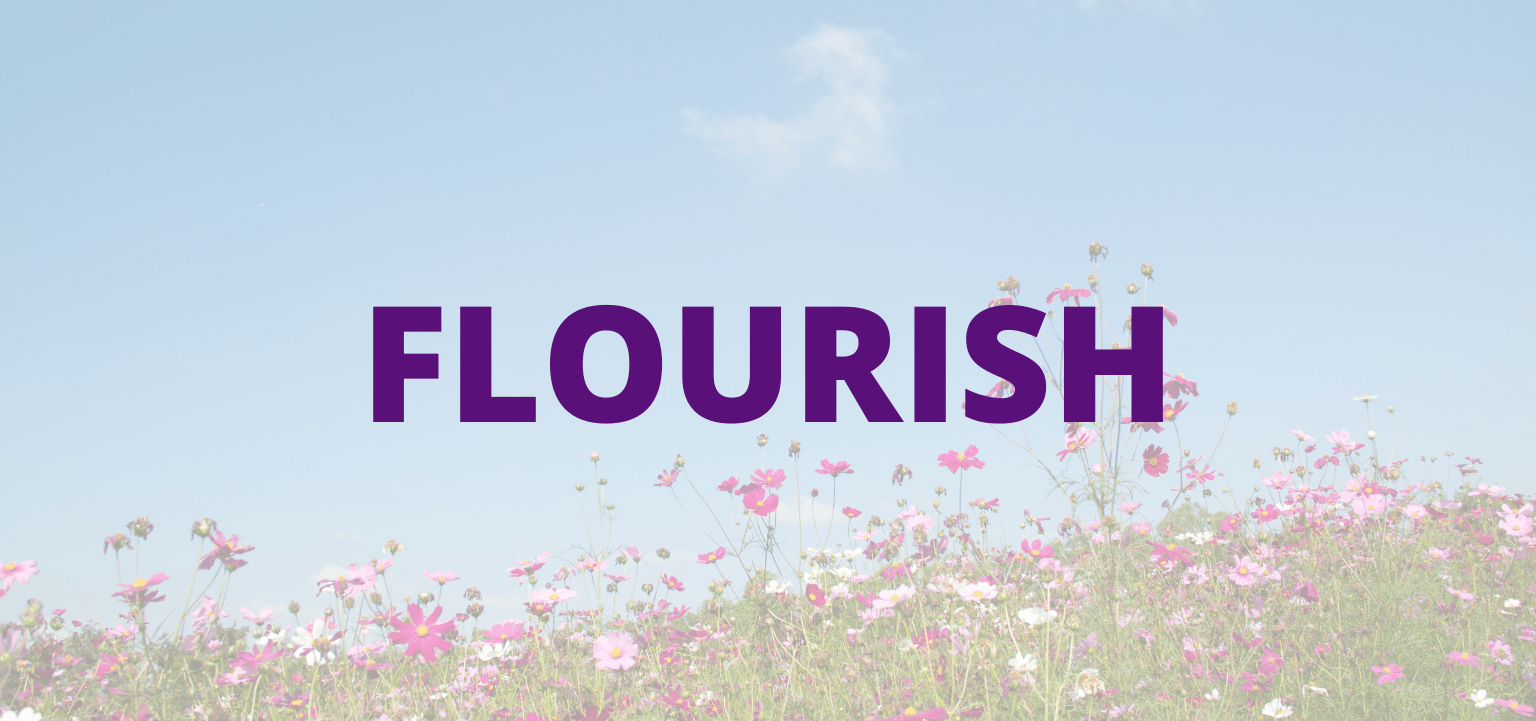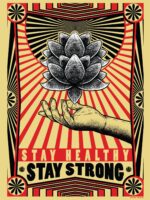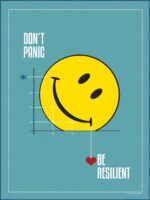
Our Wellbeing Matters Our Wellbeing Matters
Let’s Get The Conversation Started
Our most prominent global issues — climate change, wars, pandemic, inflation — take both a physical and mental toll on us. In challenging times, it’s essential to prioritize our own wellbeing in order to build a better world.
Over the past year, The Wellbeing Project partnered with Skoll Foundation and TEDx to surface and spotlight new ideas from TEDxSãoPaulo, TEDxAtlanta, and the global TEDx community that explore how we can nurture wellbeing in our communities and in ourselves.
It Starts With Us It Starts With Us
Our Right To Pleasure & Wellbeing
Mallika Dutt – TEDxSãoPaulo
The Dual Crises of Climate Change & Mental Health
Nadine Hura – TEDxKapiti
Blank Space: Honoring the potential of every young girl
Chanel H. Frazier – TEDxAtlantaWomen
Why here? Why now? Why us?
Jazmine Williams – TEDxSãoPaulo
How To Change Your Mind How To Change Your Mind
Through Guilt To The Wind
Barry Kerzin – TEDxSãoPaulo
Work Is Not Your Family
Gloria Chan Packer – TEDxUTAustin
Can strengthening executive function help us be our best selves?
Sucheta Kamath – TEDxAtlantaWomen
What Impossible Things Can We Do Together?
Yazmany Arboleda – TEDxSãoPaulo
The Doctor Is InThe Doctor Is In
Why We Need To Change Our Gender Stories
Deepa Narayan – TEDxSãoPaulo
How Traditional Djembe Drumming Can Help Heal Trauma
Francis Agyakwa – TEDxMileHigh
What happens when your therapist breaks up with you?
Kanzie Rowland – TEDxAtlantaWomen
If You Have A Body, You Deserve Wellbeing
Sará King – TEDxSãoPaulo




















































